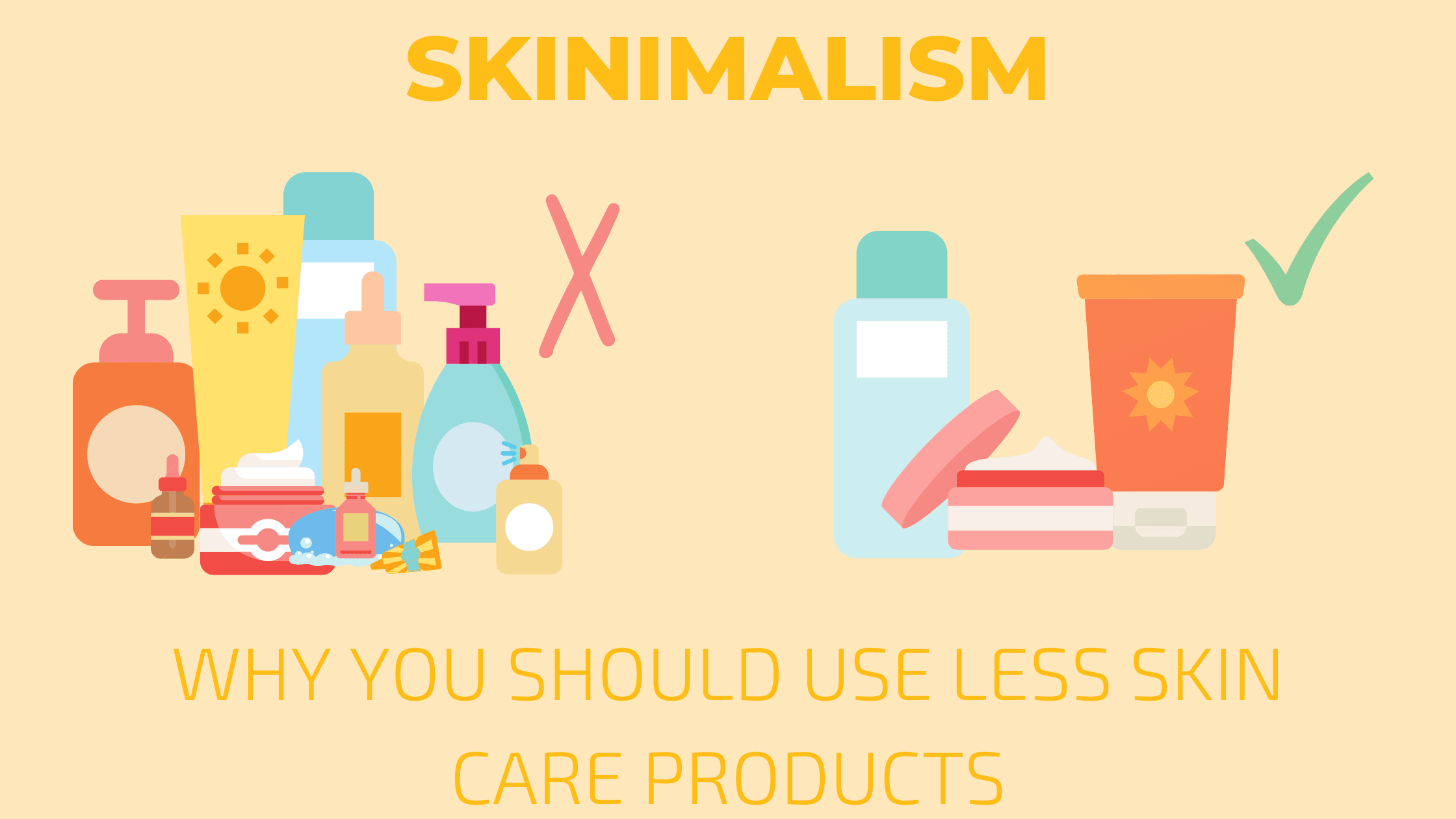
Benefits of Kaolin Clay for the Skin
Picture a face mask. No, not the personal protective equipment kind that gives you maskne. We’re talking about the skin care product that comes in a bottle or a jar. You might picture a paper sheet mask coated in oils and serums that comes wrapped in a plastic pouch, a shimmery jelly-like mask, or if you are a child of the nineties or earlier, the classic clay mask. Those thick, opaque clay masks that made it impossible to move your cheeks and often went hand in hand with cucumbers on the eyelids were all the rage before K-beauty and celebrity skin care came into focus, and they are still popular amongst skin care experts who favor what’s best for their skin over the aesthetics of the product.
There are multiple types of clay used for masks, but one of the most optimal is Kaolin Clay which has a multitude of benefits for your skin.
What is Kaolin Clay?
Kaolin Clay, also known as White Clay or China Clay, is a clay that is made up of the mineral Kaolinite. It was originally mined in China on the Kaoling hill (hence the name), but now it is one of the most commonly mined minerals around the world in the United States, Brazil, France, Germany, amongst others.
The particles of kaolin are very small — ranging from about 0.1 micrometer to 10 micrometers, and, when found in nature, often contains other minerals such as copper, quartz, and muscovite.
It is used in the manufacturing of porcelain, paper, rubber, and paint, but we’re here to talk about our favorite topic, skin care.

Benefits of Kaolin Clay for the Skin
1. Absorbs excess oil - A 2010 study published in the Journal of International Geology Review highlighted that clay minerals possess powerful adsorption properties.Due to its natural absorbency, kaolin clay is able to soak up excess oil and sebum, but not so much that it depletes your skin’s natural oils completely.
Other clay masks like Bentonite (Aztec) clay and Illite (French Green) Clay have higher absorbency levels ranging from 150%-700% whereas Kaolin’s absorbency level is about 65%. The higher absorbencies may sound like a better option, but they can absorb too much oil, and strip the skin of it’s vital natural oils that it needs to stay hydrated. Kaolin clay gives the right balance of absorbency.
2. Unclogs pores - Kaolin clay is made up of tiny particles that are able to cling to dead skin, oil, and dirt that is clogging pores, and it clears them out.
3. Anti Inflammatory - Rosacea, eczema, rashes, and other inflammatory conditions can be painful and irritating, but kaolin clay, which has been used in medical environments to soothe inflammation in the mouth and digestive tract, can also soothe inflammation on the skin. It can also help soothe bug bites so if you’re the outdoorsy type, keep a tube of a kaolin clay face mask on hand.
4. Gently exfoliates - The slightly gritty texture of kaolin clay makes it a great exfoliant for those who don’t react well to abrasive face scrubs.
5. Helps fight acne - The combination of reducing oil, clearing pores, exfoliating, and soothing inflammation is the perfect cocktail of characteristics to help fight acne and breakouts.
6. Has a fairly neutral pH - Kaolin Clay has a pH level of about 4-5 and our skin has a pH of about 4.75-5.75, with the idea being about 5.5. Maintaining a balanced pH is crucial for keeping your skin barrier healthy. Using products with a pH much higher or lower than that of your skin will disrupt the skin barrier causing dryness and irritation. Since kaolin clay has a very similar pH to the skin, you put your barrier at less of a risk.
7. Deodorant detox - If you make the leap from an aluminum antiperspirant to an aluminum free deodorant, you may notice that your body odor increases (more info on why that happens here). This is because there’s a deodorant “detox” period your body has to go through while it gets used to not being plugged up with aluminum. If you want to help open your underarm pores by drawing out the built up bacteria, deodorant, and sweat lingering under your sweat glands that result from consistent use of aluminum deodorants, using a kaolin clay mask on your underarms is a helpful solution.
Colors of Kaolin Clay
Kaolin clay can be multiple colors dependent upon the mineral deposits around it. Each color has different properties and absorbencies.
- White - Least absorbent, but best for exfoliation.
- Yellow - Good for boosting circulation which brightens the skin.
- Red - Getting its color from large amounts of iron oxide near the deposits, red kaolin clay is the best for softening skin.
- Pink - A mix between red and white clays. Provides a balance between more oil absorption and exfoliation, and has a pH closest to that of skin.
- Green - The most absorbent of the kaolin clays making it the best for oily, acne-prone skin.
Is Kaolin Clay Safe for Sensitive Skin?
In short: yes!
Kaolin clay is typically regarded as the best choice of clay mask for sensitive skin for a couple reasons. White Kaolin Clay (it’s purest form) is the gentlest of clays since it doesn’t absorb too much, has anti inflammatory properties, and is one of the more gentle exfoliant options as far as physical exfoliants go.
How Often to Use a Kaolin Clay Mask
Use your clay mask for about 5-10 minutes once or twice a week. If you have dry and/or sensitive skin, it’s best to stick to once or twice a week, but if you have very oily skin that can handle product well, then you can use it more often.
Now you know the benefits that a Kaolin Clay face mask can bring you. Not to mention, it gives you that at-home spa facial feeling whenever you use it. So put on a fuzzy robe, wrap your hair in a towel, and smooth our Kaolin Clay Facial Mask on your face. Then reap the benefits.



Leave a comment
This site is protected by hCaptcha and the hCaptcha Privacy Policy and Terms of Service apply.